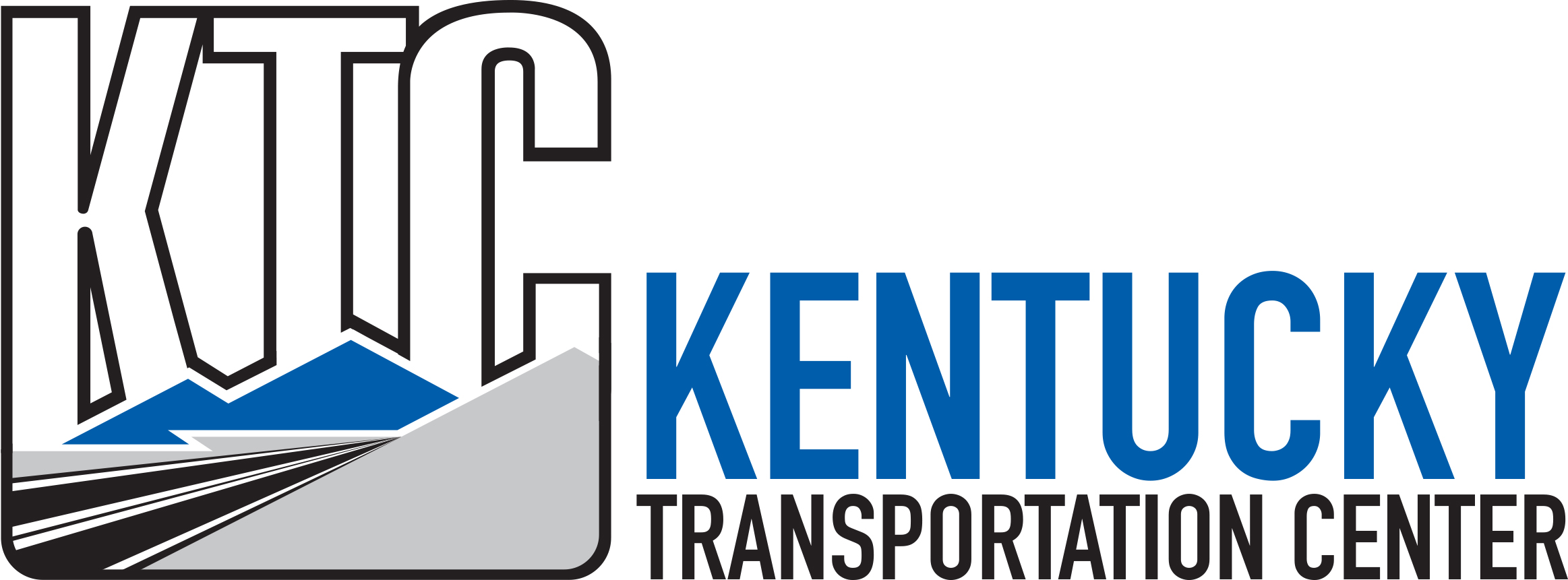Abstract
The 1980 annual cost responsibility and user-generated revenue were determined for each vehicle class using Kentucky's highways. The incremental-cost method was selected as the procedure for assigning the responsibility for each component of the highway cost to the users. Generally, the method is based on the concept that each highway cost component can be subdivided into increments caused by vehicles of different types, sizes, and weights.
Annual costs for the highway system were based on construction, replacement or current value costs representing capital investment components of the highway. Those components were: 1) preliminary design and engineering, 2) right-of-way, 3) utilities 4) grade and drain, 5) pavements and shoulders, and 6) bridges. Allocation factors for the first three components were based entirely on vehicle-miles traveled. However factors for grade and drain, pavements and shoulders, and bridges were developed with cost increments based on variables such as highway type, vehicle type and weight, and pavement damage factors.
A comparison of cost responsibility and revenue generated revealed that automobiles and pickups paid 157 percent of their share, and trucks paid 54 percent of their share. In order to deal with the inequitable distribution of the cost burden to vehicle type, impacts of increasing the fuel surtax on trucks were presented.
Report Date
5-1982
Report Number
UKTRP-81-22
Digital Object Identifier
http://dx.doi.org/10.13023/KTC.RR.1981.22
Repository Citation
Black, James E. and Pigman, Jerry G., "Allocation of Transportation Costs to Users" (1982). Kentucky Transportation Center Research Report. 713.
https://uknowledge.uky.edu/ktc_researchreports/713



Notes
The contents of this report reflect the views of the authors who are responsible for the facts and accuracy of the data presented herein. The contents do not necessarily reflect the official views or policies of the University of Kentucky, the Kentucky Department of Transportation, nor the Federal Highway Administration. This report does not constitute a standard, specification, or regulation.